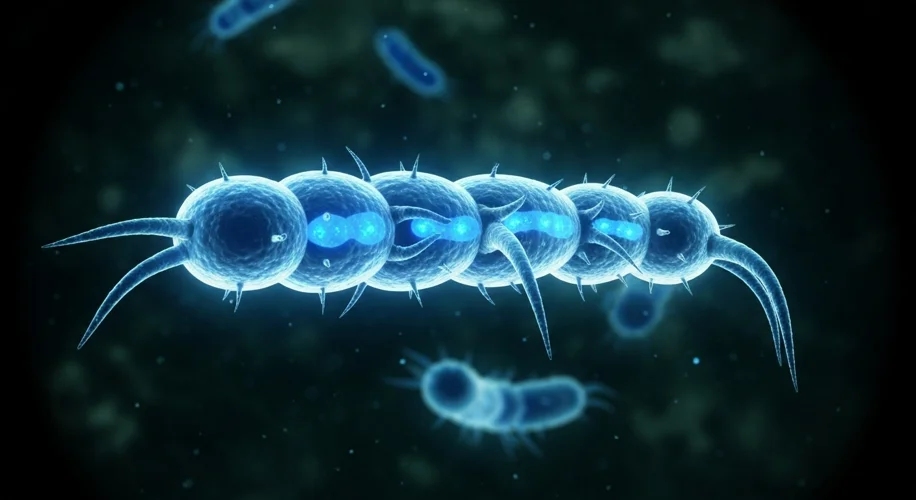It’s been a concerning summer in Florida, with news emerging about a surge in cases of a bacteria that many are calling ‘flesh-eating.’ This isn’t something new, but the recent uptick in infections, particularly Vibrio vulnificus, has understandably put people on edge.
What is Vibrio Vulnificus?
Vibrio vulnificus is a type of bacteria naturally found in warm coastal waters. It thrives in brackish environments – places where freshwater rivers meet saltwater. Think estuaries and bays, especially during warmer months when water temperatures rise. Florida’s extensive coastline and warm climate unfortunately create ideal conditions for this bacterium to proliferate.
How Does Infection Happen?
There are two primary ways people can become infected with Vibrio vulnificus:
- Wound Infection: If you have an open wound, cut, or sore, and it comes into contact with contaminated seawater or brackish water, the bacteria can enter your body through the break in your skin. This can happen while swimming, fishing, or even wading in affected waters.
- Ingestion: Consuming raw or undercooked seafood, particularly oysters harvested from contaminated waters, is another common route of infection. The bacteria can be present in the shellfish without making the seafood appear or smell spoiled.
Symptoms to Watch For
Symptoms can vary depending on how the infection occurs. For wound infections, you might notice:
- Fever and chills
- Redness, pain, and swelling at the wound site
- Blistering or a spreading rash
- Nausea and vomiting
If ingested, symptoms often include:
- Severe diarrhea
- Abdominal cramping
- Nausea and vomiting
In severe cases, particularly for individuals with compromised immune systems or underlying liver conditions, Vibrio vulnificus can cause a rapid and life-threatening bloodstream infection (septicemia). This is where the term ‘flesh-eating’ often comes into play, as the bacteria can cause severe tissue damage and necrosis, sometimes leading to limb loss or even death. It’s important to note that while the bacteria can cause severe harm, the term ‘flesh-eating’ refers to the rapid destruction of tissue, not that the bacteria literally consumes flesh.
Staying Safe in Coastal Waters
Given the recent reports, it’s wise to be aware and take precautions, especially if you live in or are visiting coastal areas where these bacteria are known to exist:
- Protect Open Wounds: If you have any cuts, scrapes, or sores, avoid contact with warm seawater, especially in estuaries or bays. Cover wounds with waterproof bandages.
- Handle Seafood Safely: Cook seafood thoroughly, especially shellfish like oysters. Avoid eating raw oysters or other raw shellfish from potentially contaminated areas.
- Wash Hands: Wash your hands thoroughly with soap and water after handling raw seafood.
- Be Mindful of Water Conditions: If you see posted warnings about water quality or bacteria levels, pay attention.
While the number of Vibrio vulnificus infections is still relatively low compared to the number of people who enjoy coastal activities, it’s a serious reminder of the natural world’s complexities. Staying informed and taking simple precautions can help ensure you have a safe and enjoyable experience.

